Through our Livestock as a Business (LAB) and Hope for Widows programs, we’ve developed highly successful curricula and teaching methods specifically adapted for Maasai communities. Now we’re expanding that focus to include pasture conservation, which will prepare Maasai to withstand the devastating effects of prolonged drought. Let’s look at how we plan to avert livestock loss by taking advantage of the grass that’s growing now.
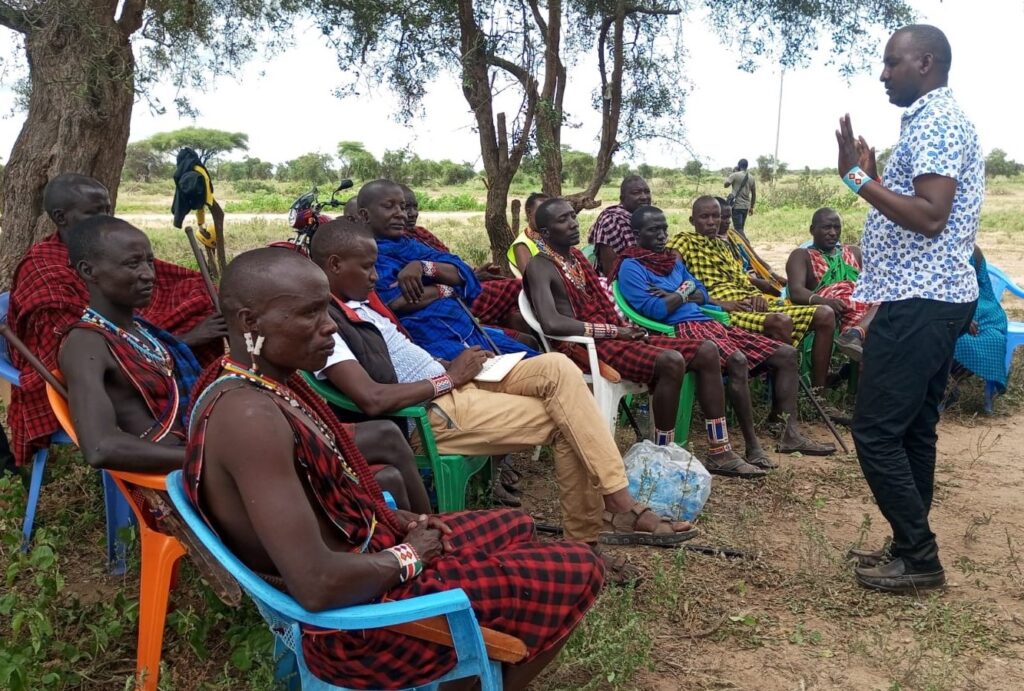
Why Care About Grass?
Traditional Maasai livestock keepers are strongly conservative in terms of preserving their culture and way of doing things, including grazing habits. Pastoralists decide how and where to graze their animals in communal grazing areas, but they have never been trained about the impact of managed grazing.
85% of Maasai income comes from livestock, but livestock can only be healthy and sellable if they eat well. This means that managing pasture strategically is critical to economic stability.
While some Maasai lost everything in the recent three-year drought, they haven’t taken advantage of the abundant grass growing now that it’s raining again. And the one thing we know is that another drought will occur eventually. We need to prepare now to prevent the loss of livestock.
Illiteracy is also a major hurdle in the communities where we work, so we have found that effective, practical education is key. Investing in education on this critical topic could make a huge difference. Even if 10-20% of the nearly 12,000 livestock farmers in this region start sharing this vision, the ecosystem can be greener and more prosperous within three years.
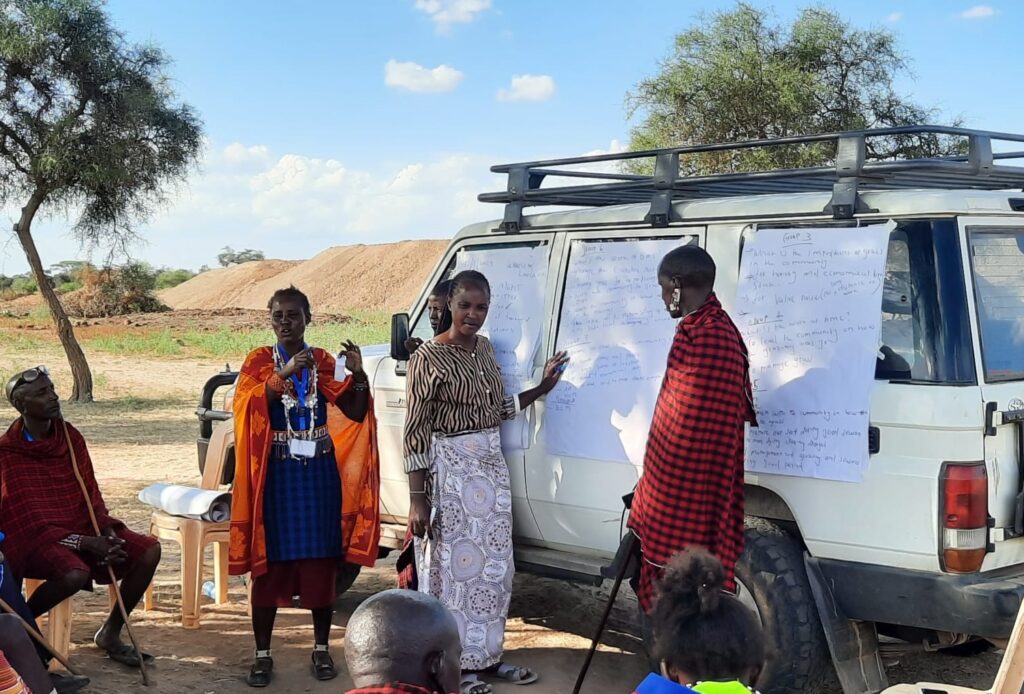
Our Plan for Pasture
Livestock keepers participating in our LAB program managed to keep their animals alive during the recent drought. This is due to skillful pasture conservation and planning ahead.
We decided to bring this same method to the Grazing Management Committee (GMC) leaders through a new program called Planning for Pasture. First we spent time understanding their needs. Then we developed a curriculum to empower all GMCs to train community members and build cooperation between them.
We teach the committees to set goals and then develop indicators to measure success. We also teach drought cycle management and pasture conservation. Finally, we “train the trainers to train” by assigning topics to the committee members. This lets them practice teaching and designing lesson plans which prepares them to teach their communities later on.
So far, the responses from the 176 people we have trained have been extremely positive. Several members said, “We’ve never had training like this before. When are you coming back?”
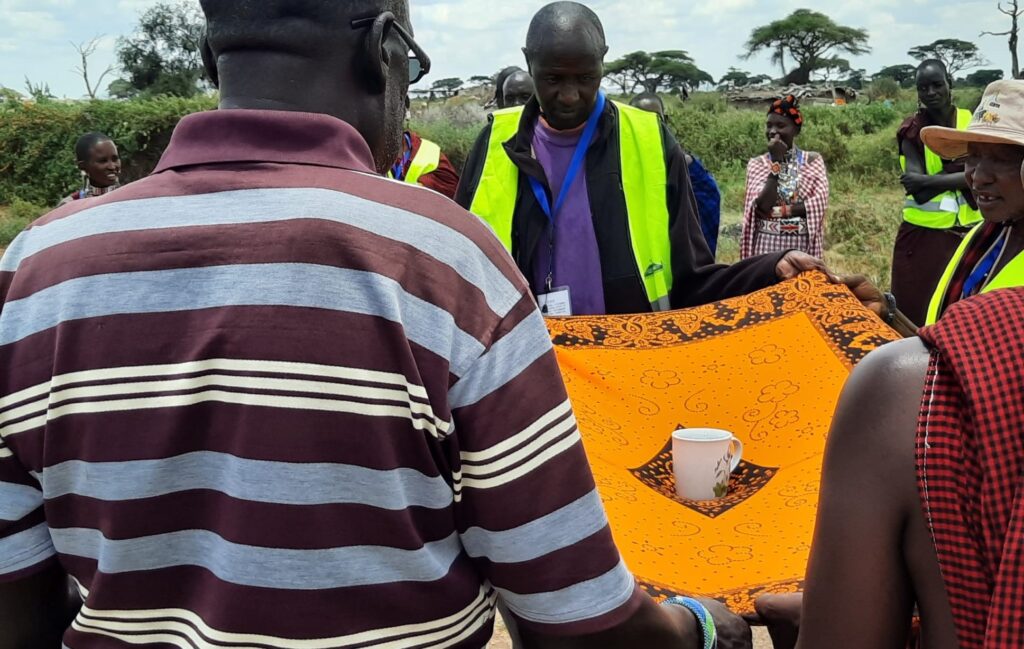
Setting Maasai Up for Success
We are successful because we partner with and in communities to build lasting capacity—rather than dictate policies from a desk thousands of miles away. Together with the GMCs, we have begun promoting the vision of a “3D Free Zone”—a “No Death During Drought Zone.”
You can help us support Maasai grass managers by contributing to our Planning for Pasture Campaign. Doing so will lead to more secure household income because of stable animal body conditions and fewer fluctuations in animal values, which means less stress and more prosperity for families.
We are nearly halfway to our goal of $48,800 for this project. Your gift—at any level—will get us closer to providing the education and support that Maasai need to thrive in their challenging environment.
Grazing management is a natural extension of our work, which provides clean water and livestock business skills. This level of planning and education will go a long way in guaranteeing a healthy and prosperous future for Maasai and their ecosystem. With a shared vision and cooperation fostered by a strong community training program, the crazy ups and downs caused by the drought can finally be a thing of the past.
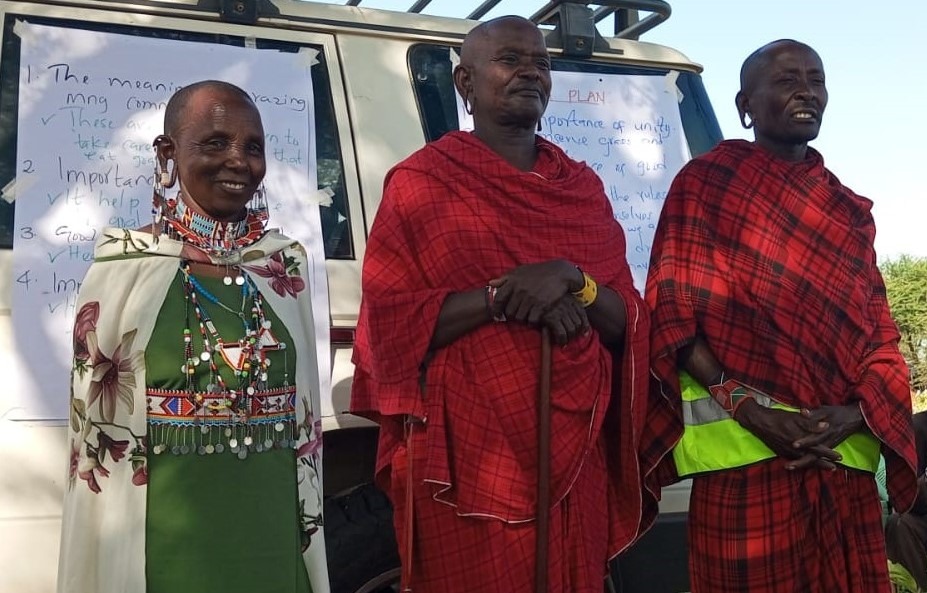
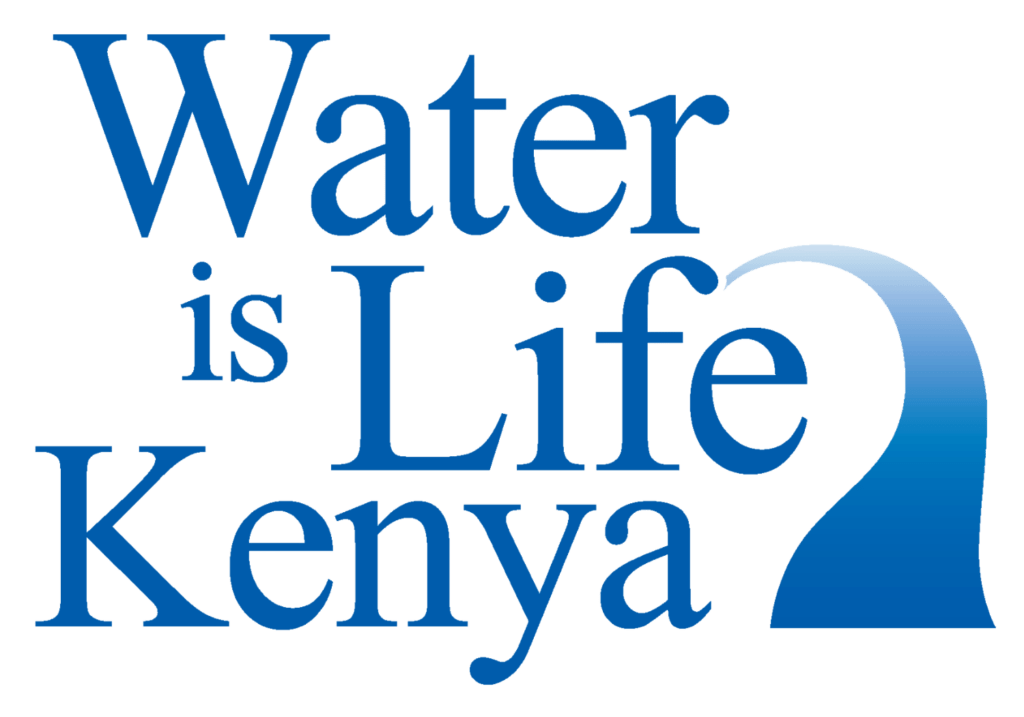
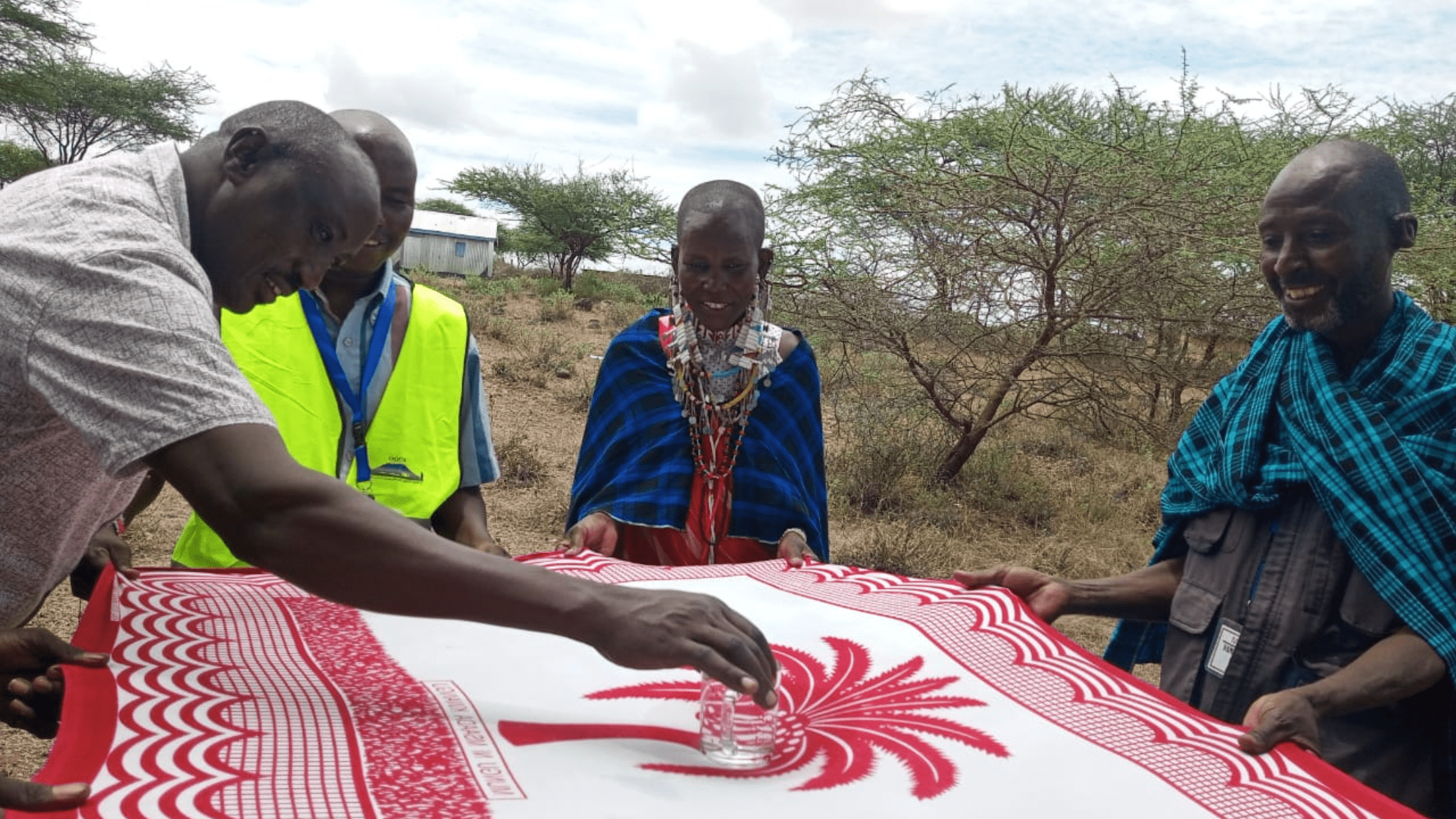
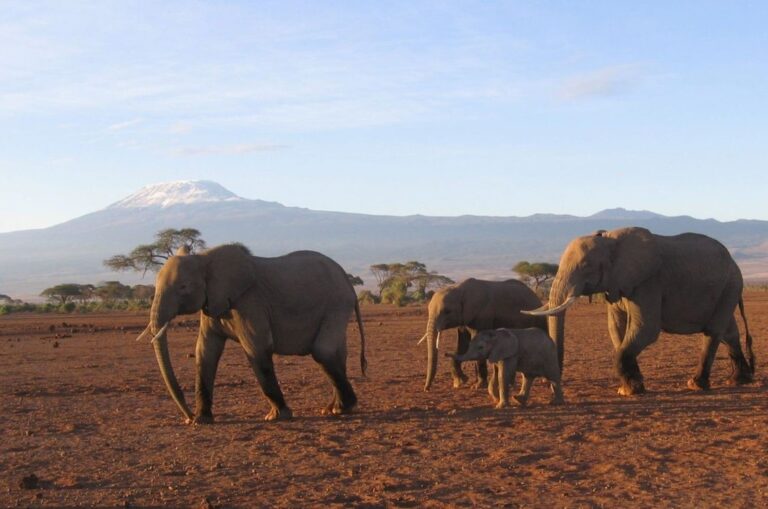
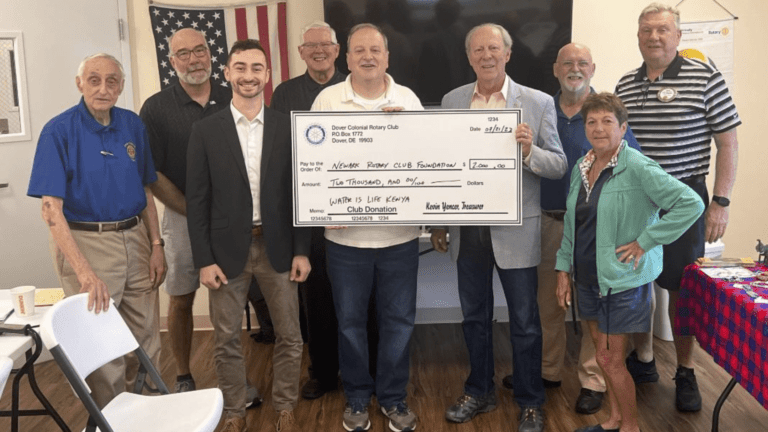
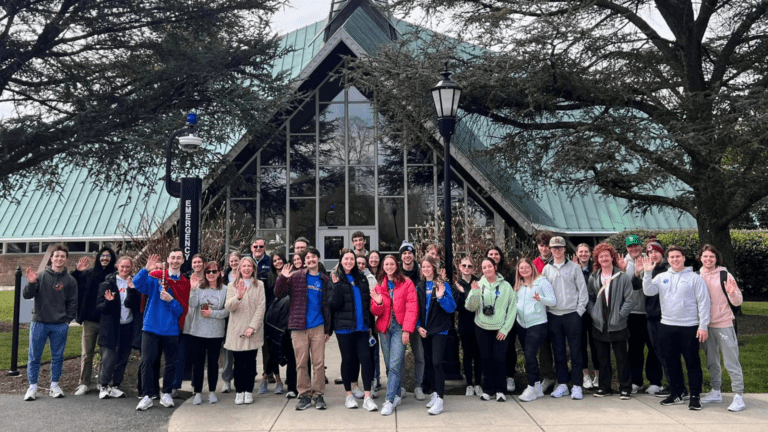

Pingback: Planning for Pasture: Program Update | Water is Life Kenya